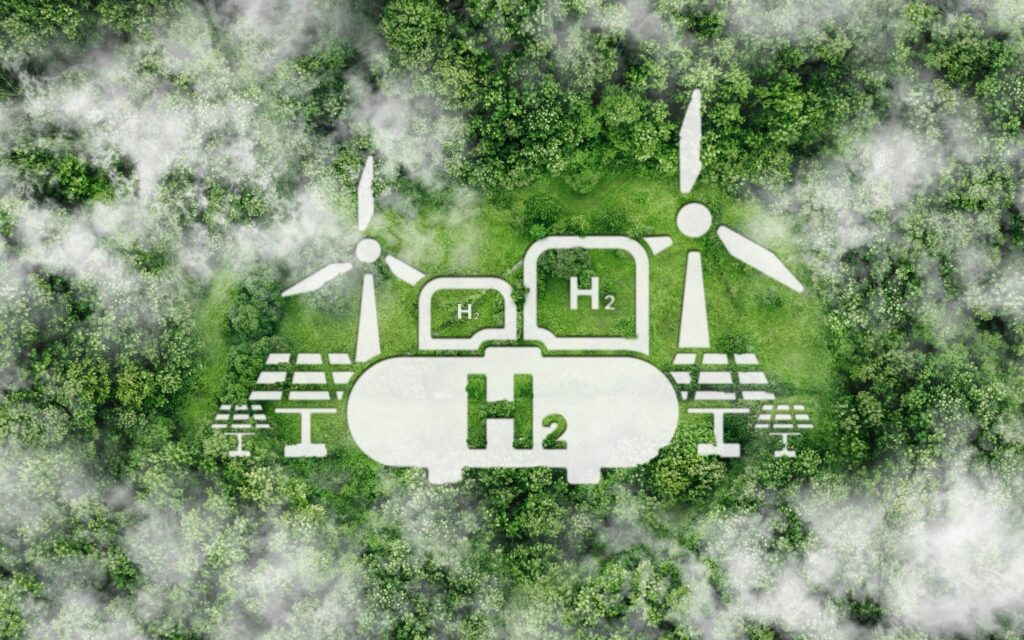In an era where sustainable and environmentally friendly processes are increasingly crucial, the recent breakthrough by researchers at Flinders University presents a significant advancement in nanotechnology.
The need for cleaner, greener methods in material science has never been more pressing, as the world faces mounting environmental challenges. This research provides a promising solution by eliminating the need for toxic chemicals in the production of gold nanoparticles, which are pivotal in various fields such as medicine, electronics, and catalysis.
In an unexpected discovery, Flinders University nanotechnology researchers have successfully produced various types of gold nanoparticles by adjusting water flow in a novel vortex fluidic device, eliminating the need for toxic chemicals. This significant finding is detailed in the article “Nanogold Foundry Involving High-Shear-Mediated Photocontact Electrification in Water,” published in Small Science.
This green chemistry breakthrough in nano gold formation also led to the discovery of a contact electrification reaction in water within the device, resulting in the generation of hydrogen and hydrogen peroxide. The study saw a collaboration between Australian and international scientists, who worked on developing the size and form of gold nanoparticles using different VFD processing parameters and concentrations of gold chloride solution.
“Through this research, we have discovered a new phenomenon in the vortex fluidic device. The photo-contact electrification process at the solid-liquid interface could be used in other chemical and biological reactions,” explains Flinders PhD Badriah Mazen Alotaibi, who led the study.
“We also have achieved synthesis of pure, pristine gold nanoparticles in water in the VFD, without the use of chemicals commonly used—and thus minimizing waste,” says Mr. Alotaibi.
This method stands out in the formation of nanomaterials due to its green process, rapid scalability, and the production of nanoparticles with unique properties. The size and shape of gold nanoparticles are critical for a range of applications—from drug delivery to catalysis, sensing, and electronics—because of their distinct physical, chemical, and optical properties.
The vortex fluidic device, designed a decade ago by senior author Flinders University Professor Colin Raston, is a rapidly rotating tube open at one end with liquids delivered through jet feeds. By varying rotational speeds and applying external light within the device, researchers can synthesise particles to specific requirements.
“Researchers around the world are now finding the continuous flow, thin film fluidic device useful in exploring and optimising more sustainable nano-scale processing techniques,” says Professor Raston.
In this latest experiment, the high shear regimes of the VFD are hypothesised to lead to a quantum mechanical effect known as contact electrification, marking another exciting development in the field. Professor Raston highlights this discovery as “a paradigm shift in how to make materials in a controlled way using water, with no other chemicals required, which contributes to a more sustainable future.”
The implications of this research extend beyond gold nanoparticles. The ability to synthesise materials without harmful chemicals opens up new possibilities for sustainable practices in various scientific fields. This advancement could lead to more environmentally friendly production methods across numerous industries, reducing waste and potentially lowering production costs. The collaboration between local and international scientists underlines the global interest and potential impact of these findings, reflecting a growing trend towards sustainable innovation.
This research exemplifies how innovative approaches in nanotechnology can address some of the most pressing environmental challenges of our time. By leveraging the unique capabilities of the vortex fluidic device, scientists can now produce high-quality nanomaterials in a more eco-friendly manner, paving the way for future advancements in the field. The elimination of toxic chemicals from the synthesis process not only enhances the environmental sustainability of nanotechnology but also improves safety and reduces costs, making this a truly groundbreaking development.
Author:
Alex Carter
Content Producer and Writer
Nano Magazine


